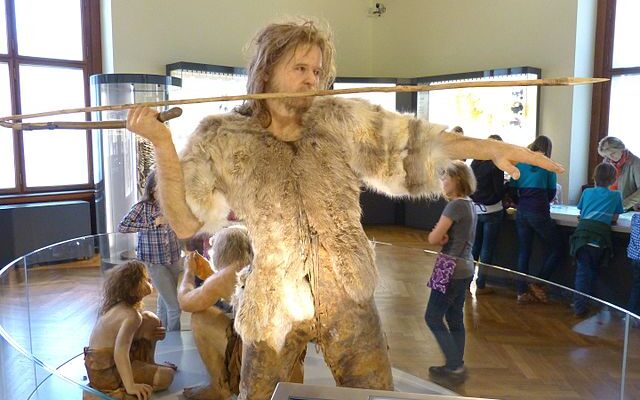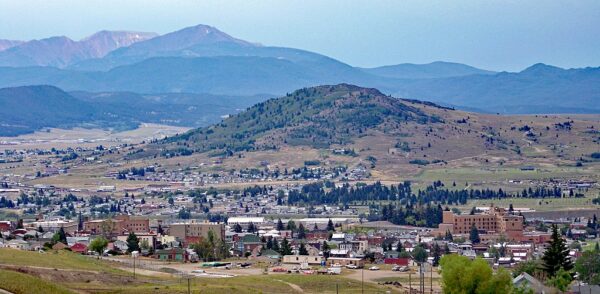
Archeologists recently discovered tools that could rewrite everything we thought we knew about our prehistoric ancestors. On the Haine River in modern Belgium 31,000 years ago, hunter gatherers were already using spearthrowers to hunt their game, a discovery that moves back the use of those tools by thousands of years.
The new study conducted at TraceoLab at the University of Liège was published in Science Daily.
The material found at the archaeological site of Maisières-Canal permits establishing the use of this hunting technique 10,000 years earlier than the oldest currently known preserved spearthrowers. This discovery, published in the journal Scientific Reports, is prompting archaeologists to reconsider the age of this important technological innovation, writes Phys.org.
The spearthrower is a weapon designed for throwing darts, which are large projectiles resembling arrows that generally measure over two meters long. Spearthrowers can propel darts over a distance of up to 80 meters.
The invention of long-range hunting weapons has had significant consequences for human evolution, as it changed hunting practices and the dynamics between humans and their prey, as well as the diet and social organization of prehistoric hunter-gatherer groups. The date of invention and spread of these weapons has therefore long been the subject of lively debate within the scientific community.
“Until now, the early weapons have been infamously hard to detect at archaeological sites because they were made of organic components that preserve rarely,” explains Justin Coppe, researcher at TraceoLab. “Stone points that armed ancient projectiles and that are much more frequently encountered at archaeological excavations have been difficult to connect to particular weapons reliably.”
Prehistoric hunter-gatherer societies, dating back thousands of years, played a crucial role in shaping early human development. These communities relied on stone tools and primitive technologies for hunting and gathering, adapting to diverse environments ranging from forests to arid landscapes. The social structure of prehistoric hunter-gatherer groups often revolved around small, close-knit communities, fostering cooperation and communal living as essential strategies for survival in a challenging and unpredictable world.









